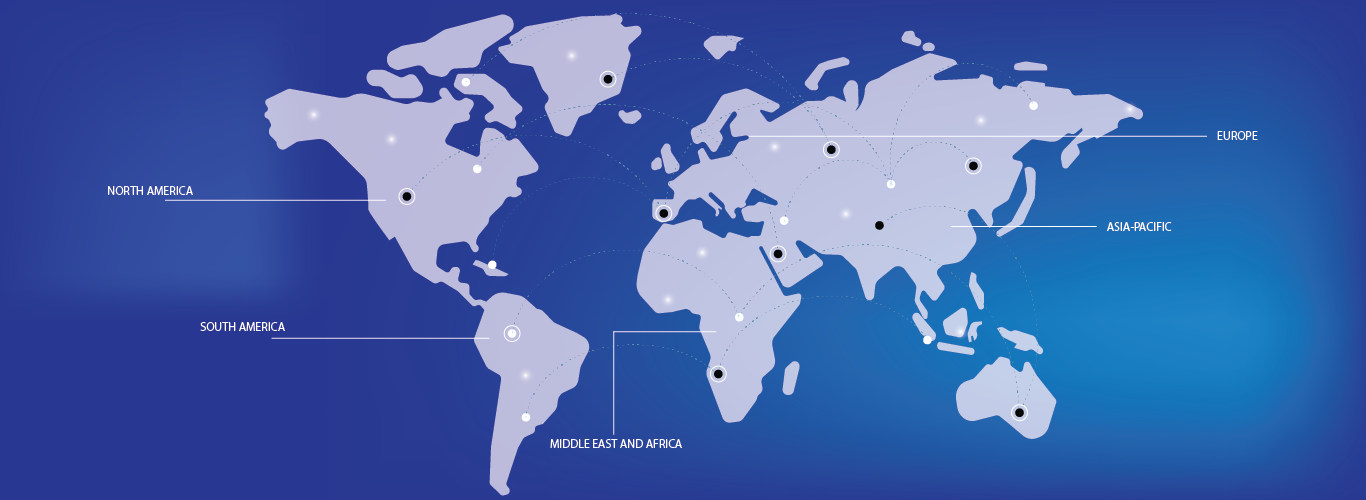Clinical chemistry analyzers have been increasingly popular in recent decades as a result of major technological breakthroughs and expanding healthcare business demands. Clinical chemistry focuses on the examination of internal body fluids and provides precise diagnostic information. Modern clinical chemistry is built on the foundation of traditional manual laboratory tests. However, as technology has progressed, testing methods have developed, and various tests may now be performed in automated laboratories utilizing complex devices such as chemical analyzers.




